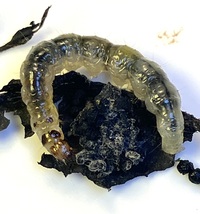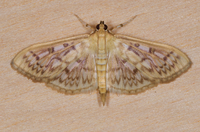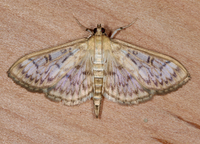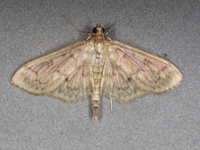
| Recorded by: Jim Petranka, Mark Basinger and Becky Elkin on 2025-10-17
Madison Co.
Comment: | 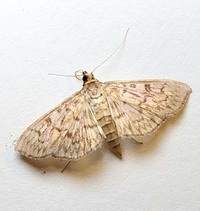
| Recorded by: Mark Basinger on 2025-09-10
Wilson Co.
Comment: |

| Recorded by: Allison Garton on 2025-09-03
Moore Co.
Comment: | 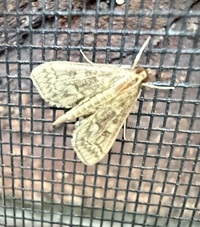
| Recorded by: Marilyn Westphal on 2025-08-19
Henderson Co.
Comment: |
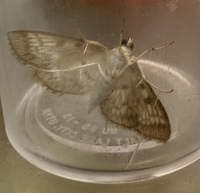
| Recorded by: Marilyn Westphal on 2025-08-19
Henderson Co.
Comment: | 
| Recorded by: Allison Garton on 2025-08-08
Moore Co.
Comment: |
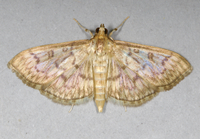
| Recorded by: Jim Petranka and Becky Elkin on 2025-07-26
Madison Co.
Comment: | 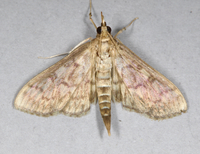
| Recorded by: Jim Petranka and Becky Elkin on 2025-07-26
Madison Co.
Comment: |

| Recorded by: Jim Petranka and Becky Elkin on 2025-07-26
Madison Co.
Comment: | 
| Recorded by: David George, Dale Morgan, Patrick Coin, Julie Tuttle, Becky Watkins, et al. on 2025-07-26
Orange Co.
Comment: |
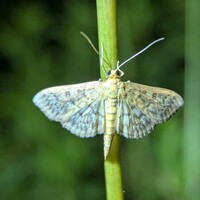
| Recorded by: Melody McMichael on 2025-07-25
Forsyth Co.
Comment: | 
| Recorded by: Jim Petranka on 2025-07-24
Madison Co.
Comment: Specimen was dissected (male; FWL = 11.5 mm). |

| Recorded by: Jeff Niznik on 2025-06-29
Orange Co.
Comment: | 
| Recorded by: David George, David Bradley, Becky Watkins, David Cheng, Michelle Lotker, Tracy Feldman, et al. on 2025-06-28
Durham Co.
Comment: |

| Recorded by: Mark Basinger on 2025-06-26
Buncombe Co.
Comment: | 
| Recorded by: Mark Basinger on 2025-06-26
Buncombe Co.
Comment: |

| Recorded by: Allison Garton on 2025-06-25
Moore Co.
Comment: | 
| Recorded by: Jeff Niznik on 2025-06-13
Orange Co.
Comment: |

| Recorded by: Jeff Niznik on 2025-06-13
Orange Co.
Comment: | 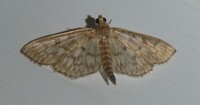
| Recorded by: Simpson Eason on 2025-05-18
Durham Co.
Comment: |

| Recorded by: Emily Stanley on 2025-05-14
Buncombe Co.
Comment: | 
| Recorded by: Mark Basinger on 2024-09-21
Buncombe Co.
Comment: |

| Recorded by: Jeff Niznik, David George on 2024-09-07
Alamance Co.
Comment: | 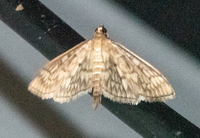
| Recorded by: Emily Stanley on 2024-09-04
Buncombe Co.
Comment: |
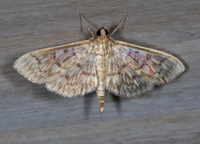
| Recorded by: Jim Petranka on 2024-08-30
Madison Co.
Comment: forewing length = 12 mm. | 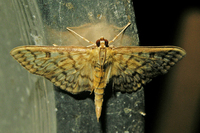
| Recorded by: Owen McConnell on 2024-08-18
Graham Co.
Comment: |
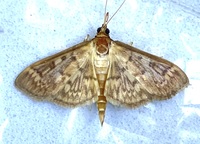
| Recorded by: Ken Kneidel on 2024-08-17
Mecklenburg Co.
Comment: An adult reared from a leaf roll of Bear's Foot (7/29/24), larva (8/4) and pupa (8/11) submitted separately; wingspan 22 mm. | 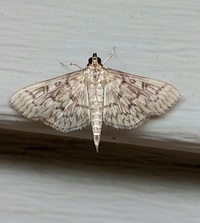
| Recorded by: Mark Basinger on 2024-08-09
Mitchell Co.
Comment: |

| Recorded by: Jim Petranka on 2024-08-08
Madison Co.
Comment: | 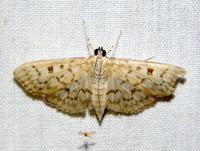
| Recorded by: David George, Jeff Niznik, Kevin Bischof on 2024-08-07
Transylvania Co.
Comment: |
|

 »
»